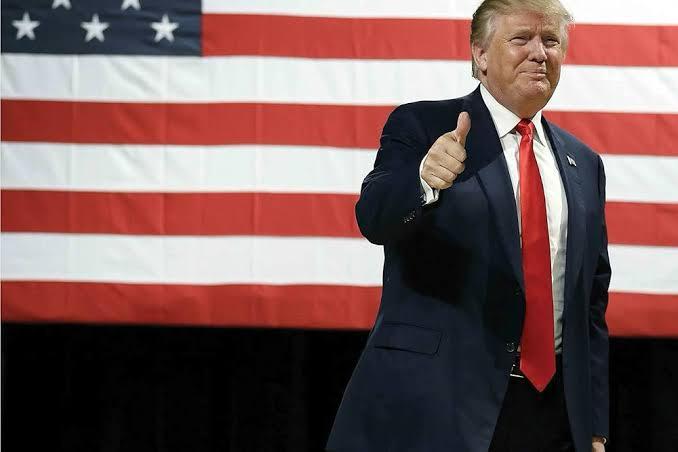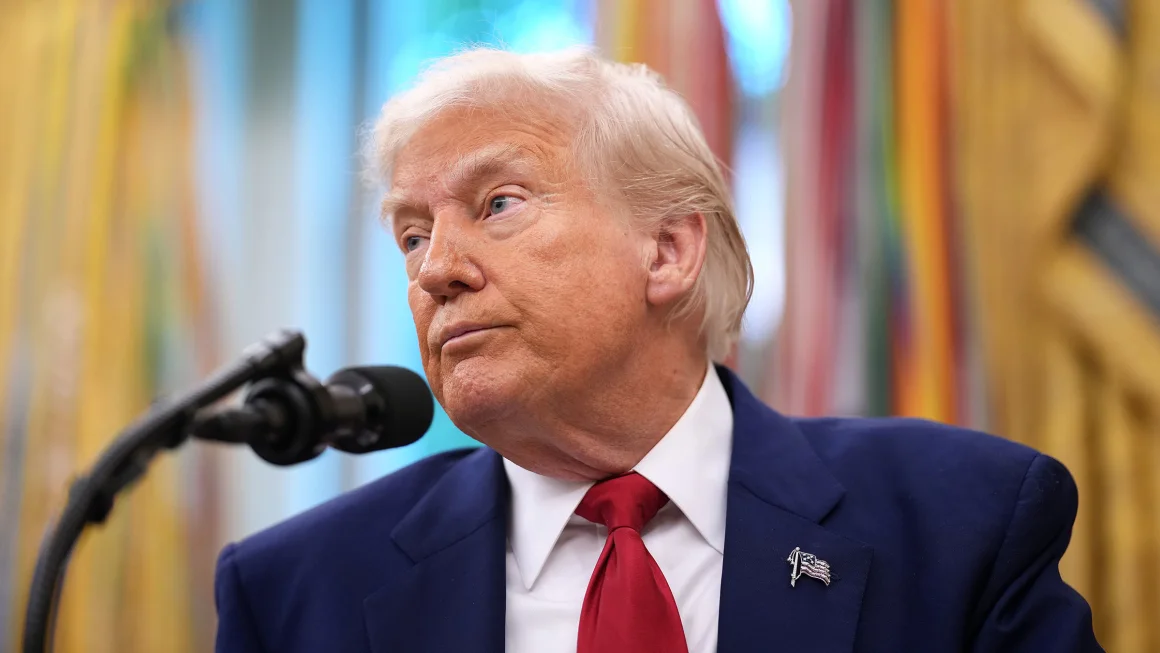
U.S. Starting New Crackdowns on Chinese Tech and Students Risks Breaking Trade Truce
May 29, 2025
In a dramatic escalation of tensions between Washington and Beijing, the Trump administration delivered a dual blow to Chinese interests on Wednesday night, targeting both the technology sector and academic exchanges.
These moves threaten to unravel the tenuous trade truce established earlier this year and signal a renewed phase of economic confrontation between the world’s two largest economies.
The U.S. Department of Commerce issued directives to American technology companies to cease the sale of semiconductor design software to Chinese firms, intensifying efforts to curb China’s technological advancements, particularly in artificial intelligence (AI) and semiconductor development.
The first blow landed via a Financial Times report on Wednesday, revealing that recent actions by President Donald Trump had effectively barred certain U.S. companies from supplying China with critical semiconductor design software.
A spokesperson for Siemens later confirmed to CNN that the U.S. government had, as of Friday, notified the industry of new export controls specifically targeting chip design tools, with restrictions extending to Chinese military end users worldwide.
This action builds upon previous restrictions on AI chip exports by major U.S. companies, such as Nvidia, and reflects heightened tensions in the tech sector between the two nations.
These tiny but essential chips—driving everything from smartphones and computers to cars and household appliances—have become a central battleground in the ongoing U.S.-China technology rivalry.
The Biden administration previously restricted China’s access to American-made semiconductors, and earlier this month, Washington issued warnings to companies against utilizing AI chips produced by Chinese tech giant Huawei.
The setbacks have been deeply frustrating for Beijing, which has invested tens of billions of dollars into developing its domestic semiconductor industry with the goal of increasing self-sufficiency and reducing dependence on the U.S. and other foreign suppliers.
Liu Pengyu, a spokesperson for the Chinese Embassy in Washington, declined to comment directly on the new chip software restrictions but accused the U.S. of “overextending the concept of national security, abusing export controls, and maliciously obstructing and suppressing China,” according to a statement given to CNN.
The second blow from Washington hit directly at Chinese families, as U.S. Secretary of State Marco Rubio announced an aggressive revocation of visas for Chinese students—particularly those in sensitive fields or linked to the Chinese Communist Party.
With over 270,000 Chinese students enrolled in the U.S. in 2024, many from middle-class backgrounds, this move threatens years of sacrifice and investment. Chinese families often save extensively and prepare their children rigorously to secure study opportunities abroad. Now, students face the risk of deportation before completing their education. Given the deep reach of China’s one-party system, disproving alleged Communist Party connections can be nearly impossible, especially under broad U.S. definitions.
China’s Foreign Ministry condemned the policy, accusing the U.S. of “unjustly” revoking visas under the guise of ideology and national security.
Candy, a statistics student at the University of Michigan visiting family in China, expressed her fears of losing her visa before graduation. “Ending up with only a high school diploma is something I dread,” she said. “When I first heard the news, I wanted to curse Trump.”
Factory floors across China roared back to life as long-stalled shipping containers finally departed ports bound for the United States. Chinese state media hailed the trade agreement as a landmark triumph, while senior officials struck an optimistic tone, portraying it as a new era of pragmatic cooperation between the rival superpowers.
However, that cautious optimism now appears short-lived, as the latest actions from Washington threaten to derail any progress made since the truce was forged.
In response to these measures, Beijing has vowed to “fight till the end,” imposing retaliatory tariffs of up to 15% on selected American goods, expanding export controls to a dozen U.S. firms, and filing a lawsuit at the World Trade Organization. China’s Foreign Ministry condemned the U.S. actions, stating that “pressure, coercion, and threats are not the right ways to engage with China.”
China has also reinforced export controls on rare earth minerals essential to various industries, signaling its willingness to leverage its dominance in critical supply chains as a countermeasure.
These developments come despite a temporary pause in the U.S.-China trade war following Geneva negotiations, indicating that underlying tensions remain unresolved. The Trump administration’s actions have undermined longstanding educational ties that once served as a diplomatic stabilizer, with the revocation of visas for Chinese students and the banning of Harvard University from enrolling foreign students due to alleged ties to the Chinese government.
Analysts warn that these measures could accelerate the decoupling of the U.S. and Chinese economies, particularly in the technology sector, where both nations are vying for supremacy.
The restrictions on semiconductor technology exports are likely to hinder China’s AI ambitions, while the visa revocations may disrupt academic collaborations and talent exchange.
However, the twin blows delivered by Washington on Wednesday are poised to reverberate across China, stoking outrage among both families and government officials.
They also cast serious doubt on the viability of ongoing U.S.-China trade negotiations, as the 90-day truce rapidly approaches its expiration with no durable agreement in sight.
Wednesday brought a rare piece of good news for China, as a federal court blocked President Trump from enforcing the majority of his global tariffs, including the existing 30% tariffs on Chinese goods. However, the administration promptly filed an appeal, leaving the future of these tariffs—and the broader trade war—uncertain.
The Trump administration’s aggressive stance has also faced domestic legal challenges. A U.S. federal court recently blocked President Trump’s use of emergency powers to impose sweeping tariffs, destabilizing one of his key economic policies.
The administration has vowed to appeal the decision, but the ruling has triggered positive reactions in global financial markets, with stock futures and the dollar rising.
Economists caution that the escalating trade tensions could have long-term economic impacts, including potential contractions in key sectors and disruptions to global supply chains. The Federal Reserve and bond investors have expressed concerns about the administration’s trade policies, warning of possible negative effects on the broader economy.
The Trump administration’s recent actions represent a significant escalation in the ongoing trade conflict with China, targeting both technological advancements and academic exchanges. These measures threaten to dismantle the fragile truce established earlier this year and may lead to further retaliatory actions from Beijing.
As both nations continue down an increasingly adversarial path, the prospects for meaningful cooperation appear increasingly bleak, with potential ramifications for the global economy and international relations.




